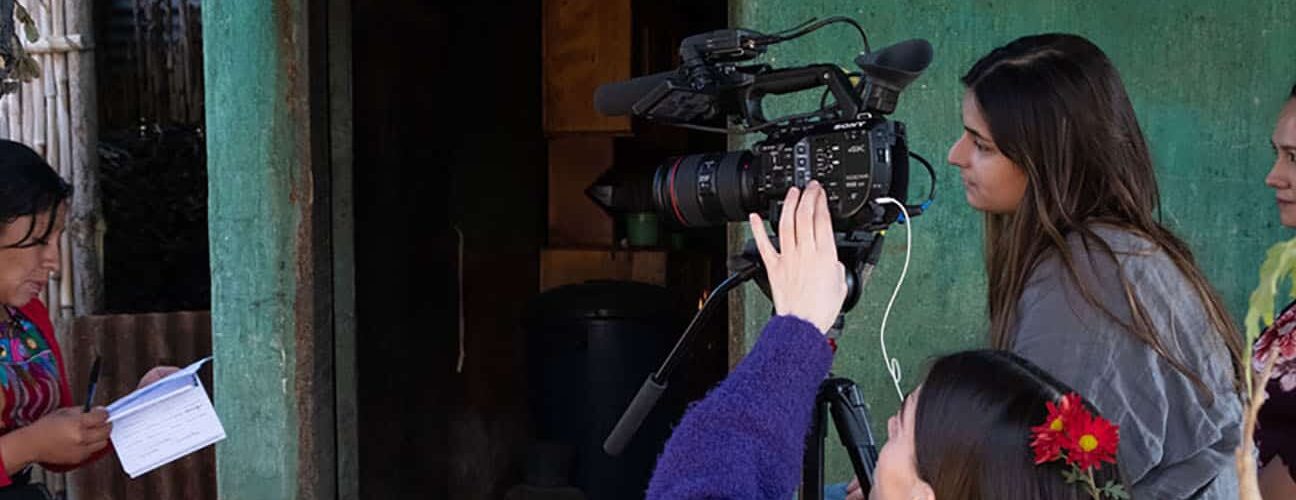Putting the people in the pictures first
Ethical guidelines for the collection and use of content (images and stories)
Type
ManualNGOs rely on the images and stories of the people we work with to communicate the importance and impact of our work, and to support our awareness-raising, campaigning and fundraising efforts.
These contributors generously share their time as well as their images, experiences and perspectives with us and make our communications powerful and effective.
We must respect the contribution of these people by working to ensure that our content gathering is ethical and supports contributors’ rights to participation and protection.
These guidelines cover the process of filming, photography and interviewing, as well as the selection and use of images and stories, and aim to support sector-wide best practice. They urge NGOs to put contributors at the centre of NGO image making, to recognise contributors’ rights, and to consider our responsibilities towards them while gathering and using their images and words for our communications purposes.
The guidelines were produced by the Bond People in the Pictures Group for Bond members. They build upon existing ethical content guidelines by D?chas and CONCORD’s code of conduct on images and messages.
There is a one-page statement of ethical practice to accompany these guidelines, which outlines our responsibilities for and commitments to ethical practice when gathering and using images and stories to communicate our work.
On 19 November, Bond members voted to incorporate these guidelines into the Bond Charter, which commits Bond members to adhere to its principles and practices.
Learn the practicalities and processes of gathering and creating content from your programmes with our one-day training course on 8-15 October.

